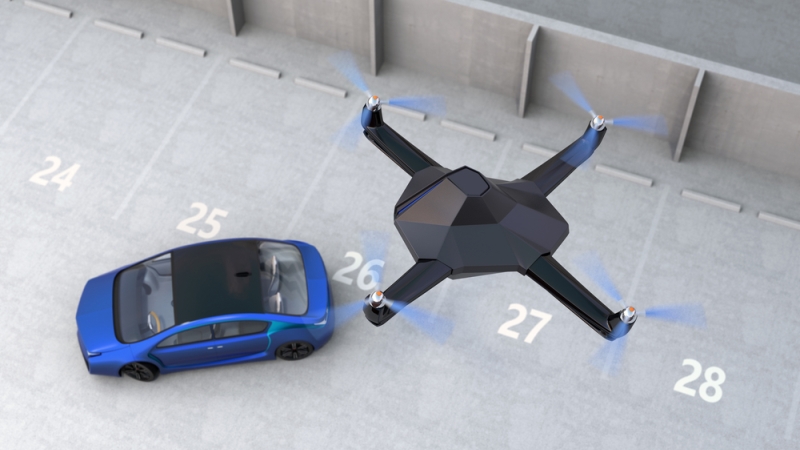
The Department of Transportation is holding off on creating new rules for automated vehicles and unmanned aerial systems because of President Donald Trump’s limit on new regulations, according to DOT officials.
DOT has worked on a proposed rulemaking that would require cars to include vehicle to vehicle (V2V) communications, which would allow cars to talk to one another and avoid collisions.
“At the end of the day, if cars can talk to each other, that’s more data,” Chan Lieu, senior legislative adviser for Venable, said at the Federal Aviation Administration’s Unmanned Aircraft Systems Symposium on Wednesday. “More data is always better.”
Lieu said that data sharing between companies is important to reduce the number of accidents on the road. Machines can improve on one another’s knowledge by sending information that will teach other cars to respond to potential dangerous situations.
“If one vehicle experiences a crash there’s no reason why that same crash scenario should ever happen again,” Lieu said.
However, the FAA’s ability to impose new regulations that would mandate V2V communications is limited under the Trump administration, said Susan Cabler, assistant manager of aircraft certification design at the manufacturing and airworthiness division for the FAA’s Certification Service.
“Our bandwidth for getting rulemaking out at the FAA is minute,” Cabler said.
Cabler said that Trump’s new rule that requires agencies to get rid of two regulations each time they propose a new regulation has made it difficult for DOT to draft new rules. Instead, the FAA focuses on creating best practices for industry to follow.
“We need to get creative on how we can move forward safely as a community,” Cabler said. “A dual rulemaking project is not happening.”
Lieu said that agencies have difficulty writing rules that require business to spend a lot of money to adhere to the new regulations, including a rule that would require V2V communication technology in cars.
“President Trump has made it clear that he does not anticipate doing very many rulemakings,” Lieu said. “[The Office of Management and Budget] is not comfortable with issuing a multimillion-dollar rule even if it’s something that industry wants desperately.”
DOT regulates self-driving cars and drones by allowing the private sector to develop new technologies before making rules that could potentially limit the private sector.
“The folks that are doing really great innovative work actually take safety seriously,” said Nathaniel Beuse, associate administrator for vehicle safety research at the National Highway Transportation and Safety Administration (NHTSA). “They understand that if they do something wrong, that would set the technology back by decades.”
In order to ensure the safety of automated vehicles and unmanned aircraft, automated cybersecurity response systems will play a higher role, according to Wes Ryan, manager of programs and procedures of the FAA’s Small Airplane Directorate.
“The thing that keeps me up at night is whether we can keep up with those who have nefarious purposes in mind,” Ryan said.
Having automation abilities and the right workforce will ensure that the FAA can respond quickly to cyber threats on airplanes.
“The automation is only as good as you pre-program it,” Ryan said. “The safe design of automation is something we all should be thinking about.”
